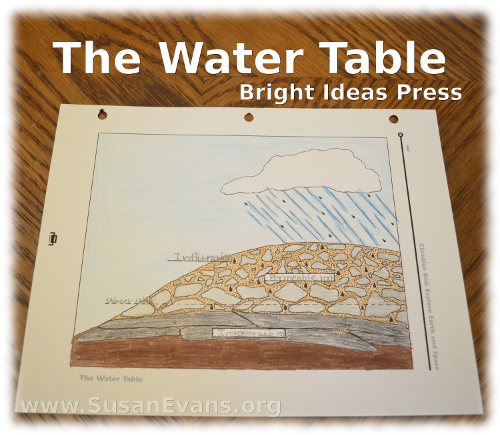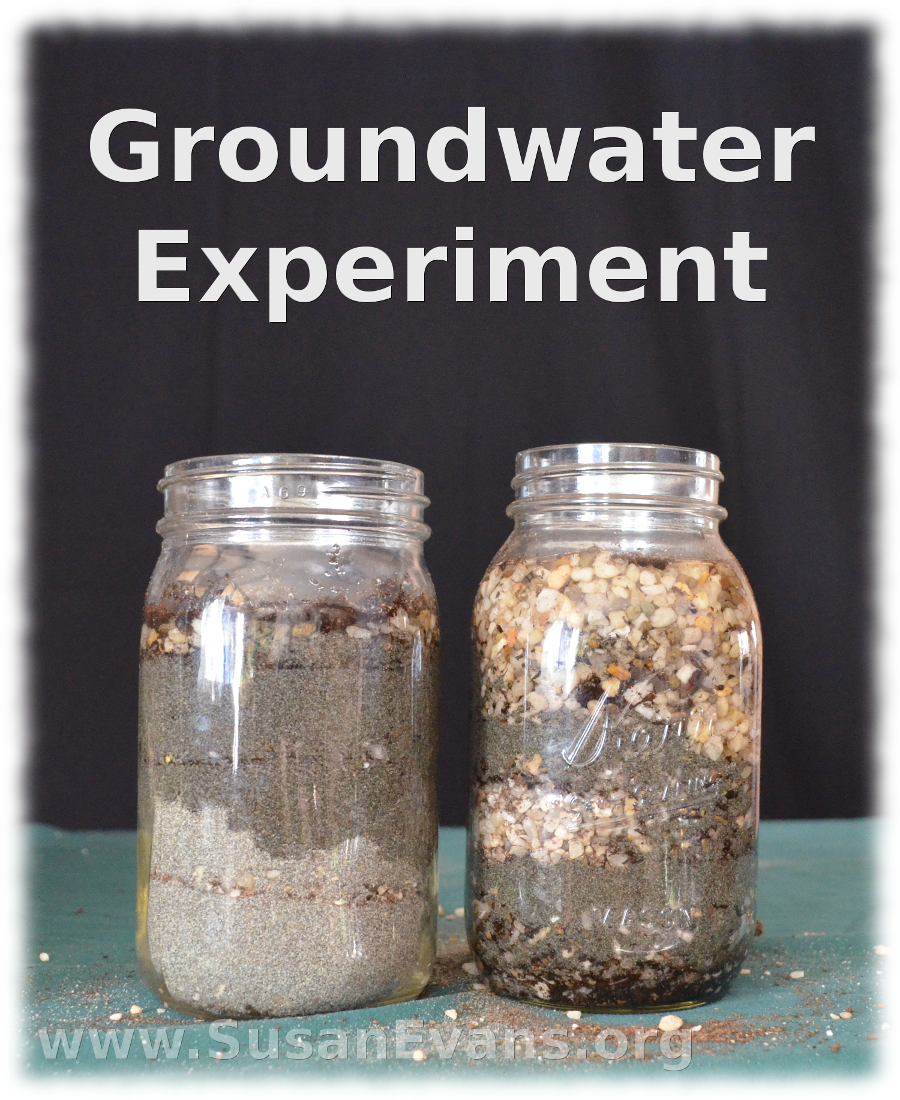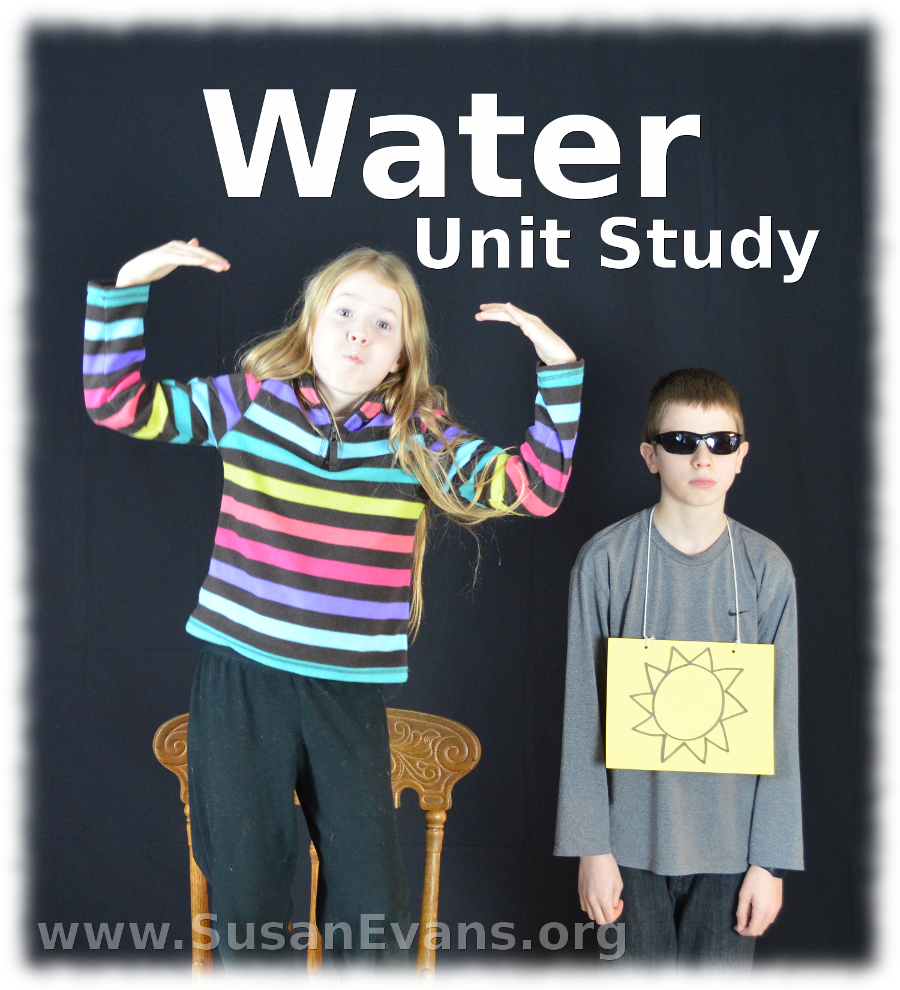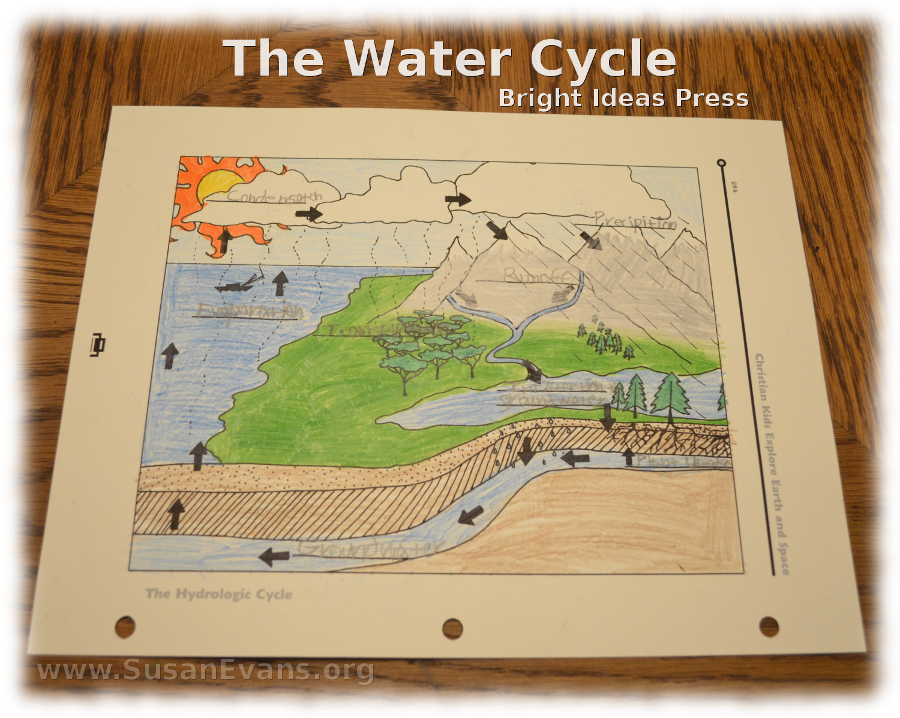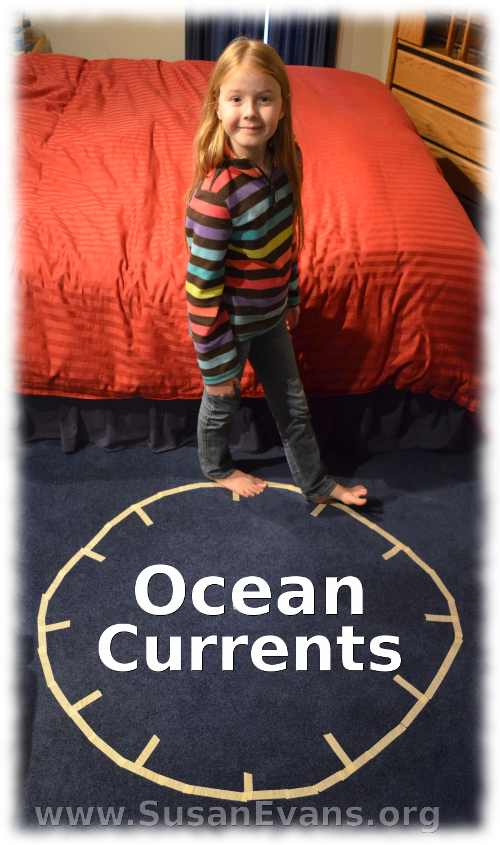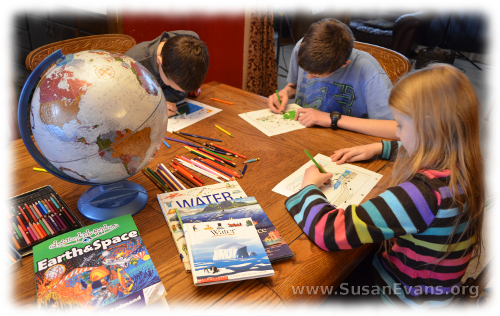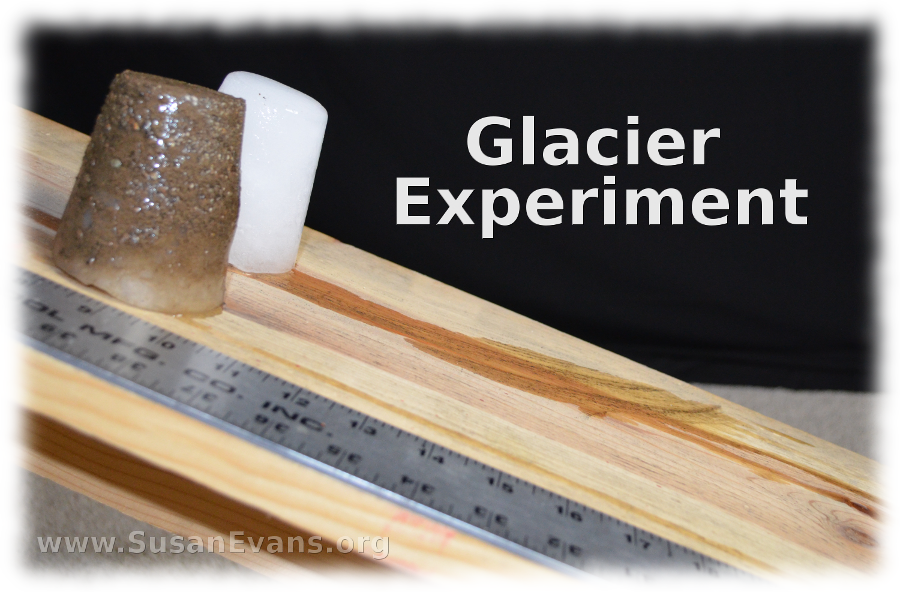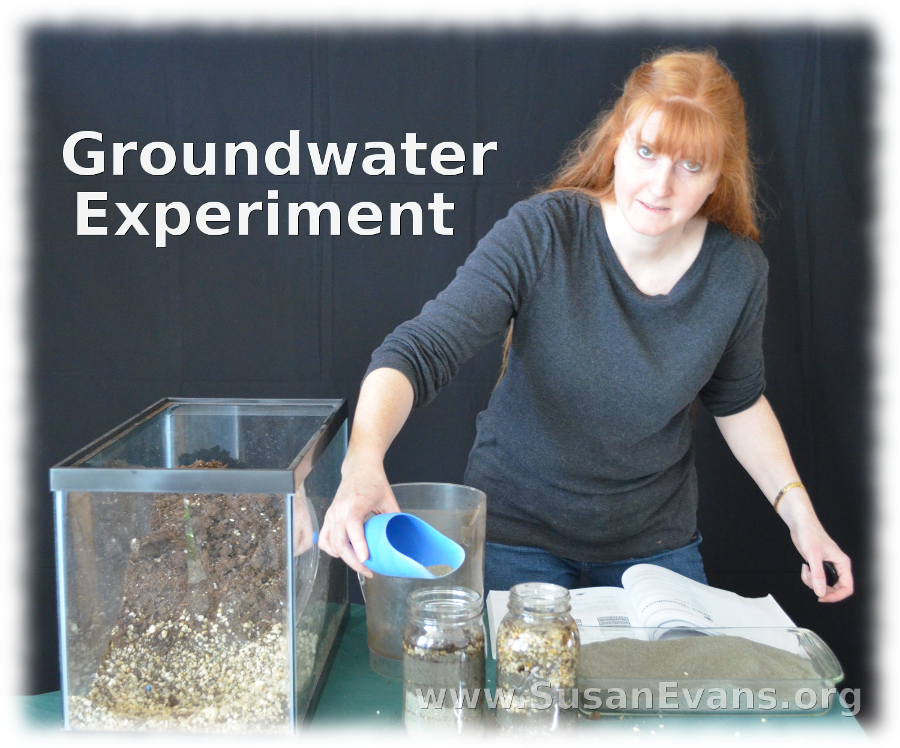 This post contains affiliate links. I was compensated for my work in writing this post.
This post contains affiliate links. I was compensated for my work in writing this post.
We performed a groundwater experiment to understand aquifers, saturation, and the water table. We are continuing our study of the hydrosphere by using the book Earth and Space by Bright Ideas Press. We are enjoying all the hands-on activities and experiments. Today we will give you a demonstration of this groundwater experiment. But first, we filled out a diagram of the water table, provided in the book.
The rain falls on the ground, and the water sinks into the ground through infiltration. The rock that is permeable allows water to pass through it, while the ground that does not allow water to pass through it is called impermeable rock. The water table is the invisible line that is just above the level of saturation. Of course, saturation means that the ground is holding as much water as it can hold.
When we do the groundwater experiment, you will see that we fill one jar with a thin layers of pebbles and thick layers of sand. The other jar contains thick layers of pebbles and thin layers of sand. Both jars are aquifers: layers of rocks and sand that contain water. Which jar has more permeable ground than the other? Will the water sink through faster through the pebbles or through the sand? Watch the video to find out!
